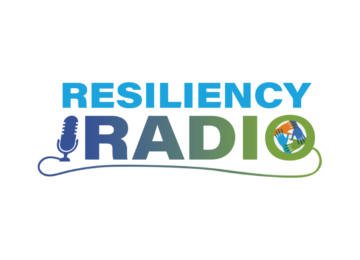The Tools to Manage Your Child’s Stress: Tips on Using Problem-Solving Skills

Author:
Jennifer Firestone, LCSW-C, Clinical Social Worker
As they grow up children are continually discovering that challenges can enter their lives at any stage. Young children, for example, often have “meltdowns” or tantrums when they have to wait for what they want. Those in middle childhood may have so many activities that they might often feel pressured and rushed. Adolescents, naturally seeking independence, often clash with parents over rules and expectations.
In many situations like these, children can become overwhelmed with emotion. They often feel uncertain about how to cope without losing composure. A systematic problem-solving approach that parents can learn and teach can help equip children with constructive coping mechanisms. Developing problem-solving skills prepares children not only to manage stress, but to make reasoned decisions, to be flexible and to become more independent.
Problem-solving brings parents and children together to figure out logically how to best respond to challenges. While parents keep their authority over final decisions, they validate their children’s feelings in the process. Here’s how it works:
- Have your child identify the problem. If your child seems troubled, ask why. Explain that you would like to help find ways to make things better. Then pose open-ended questions to learn what specific situation has upset the child.
- Listen carefully to your child’s observations. Let the child air concerns freely, knowing that you will work together later to assess what to do. Refrain from judging or criticizing your child’s views. You will build credibility with the child by demonstrating respect for his or her thoughts and feelings.
- Brainstorm every possible solution together. At this stage, parent and child suggest every way they can think of to solve the problem, listing them all out on paper. Some ideas may sound silly, but sometimes even these contain a piece of a useful idea. Let the suggestions flow.
- Evaluate pros and cons of each solution. One by one, review each idea on the list and discuss with your child its advantages, disadvantages and consequences.
- Choose the best option. Based on your discussion, find the best option you can agree on, and let your child experiment with it. Just remember, as a parent, you retain authority on safety and good judgment for your child. You still can veto your child’s decision.
Once a family has learned this problem-solving approach, it can be used in many situations to promote collaboration and compromise. Use it to decide where to vacation, for instance, or how make sure homework gets done on time.
Problem-solving is a win-win for the whole family. While parents learn to carefully consider children’s views, children also develop a sense of belonging and an ability to reduce conflict in times of stress. They may not get their way every time, but they will benefit from having had a valuable stake in the discussion.


